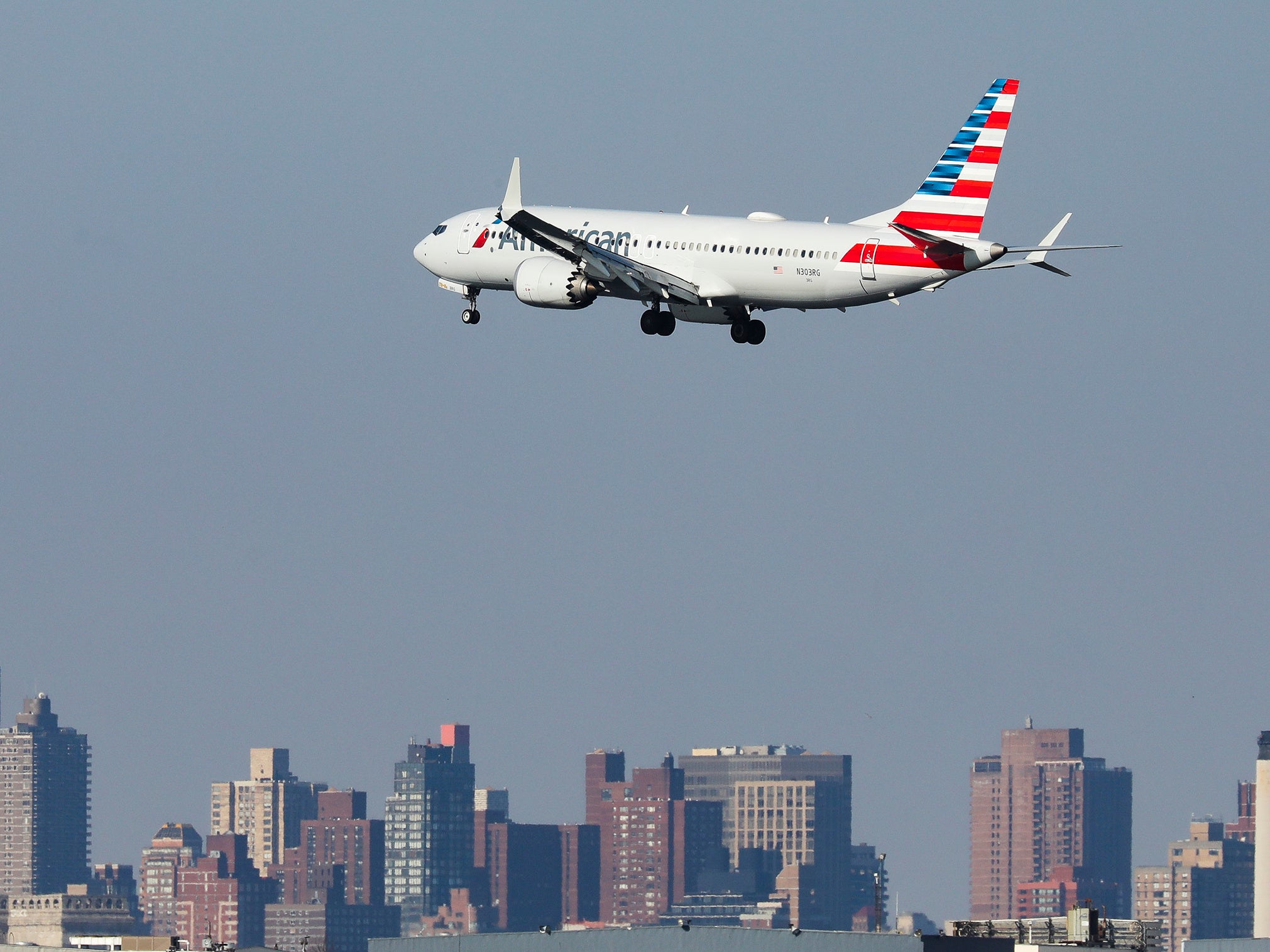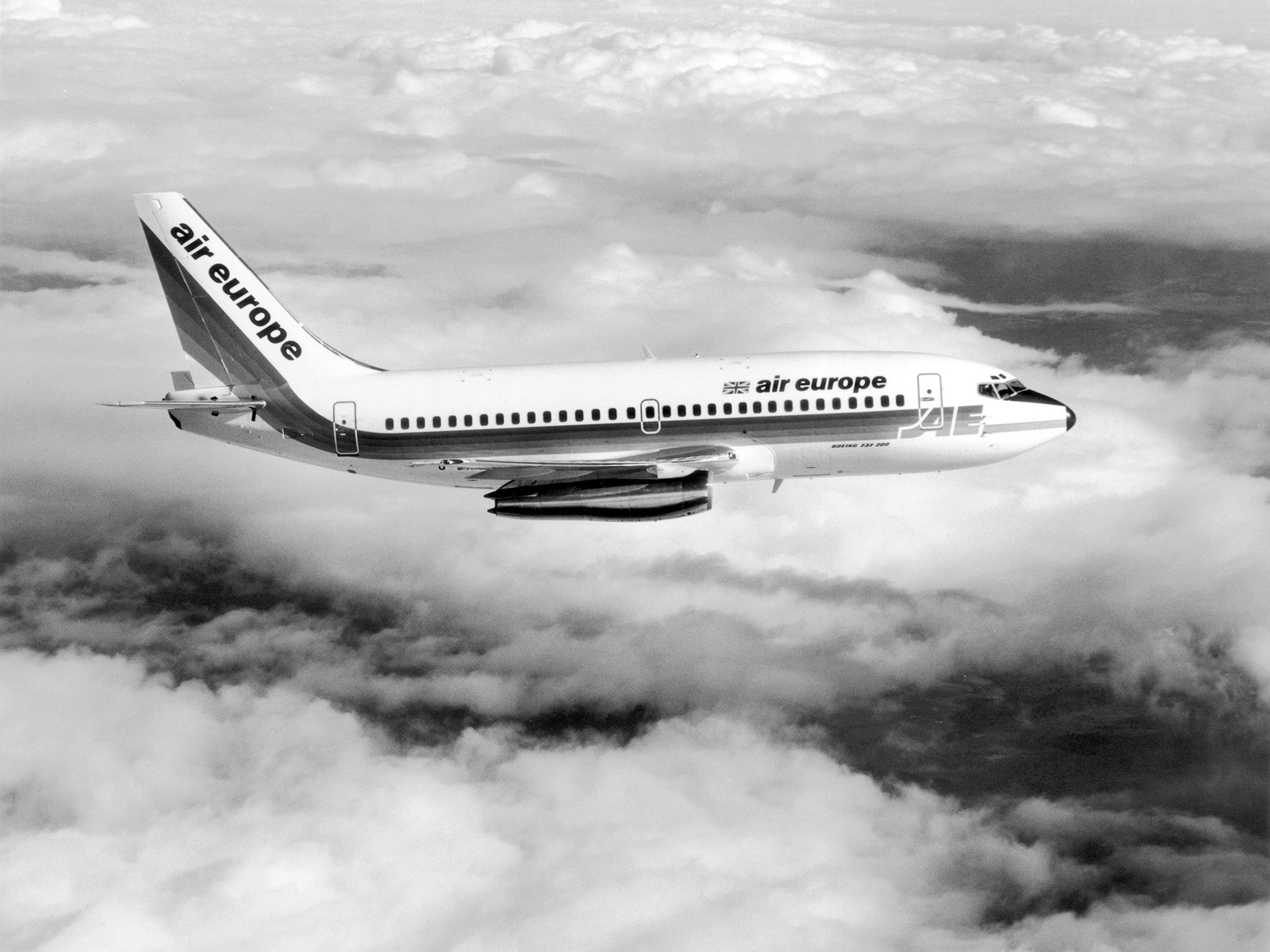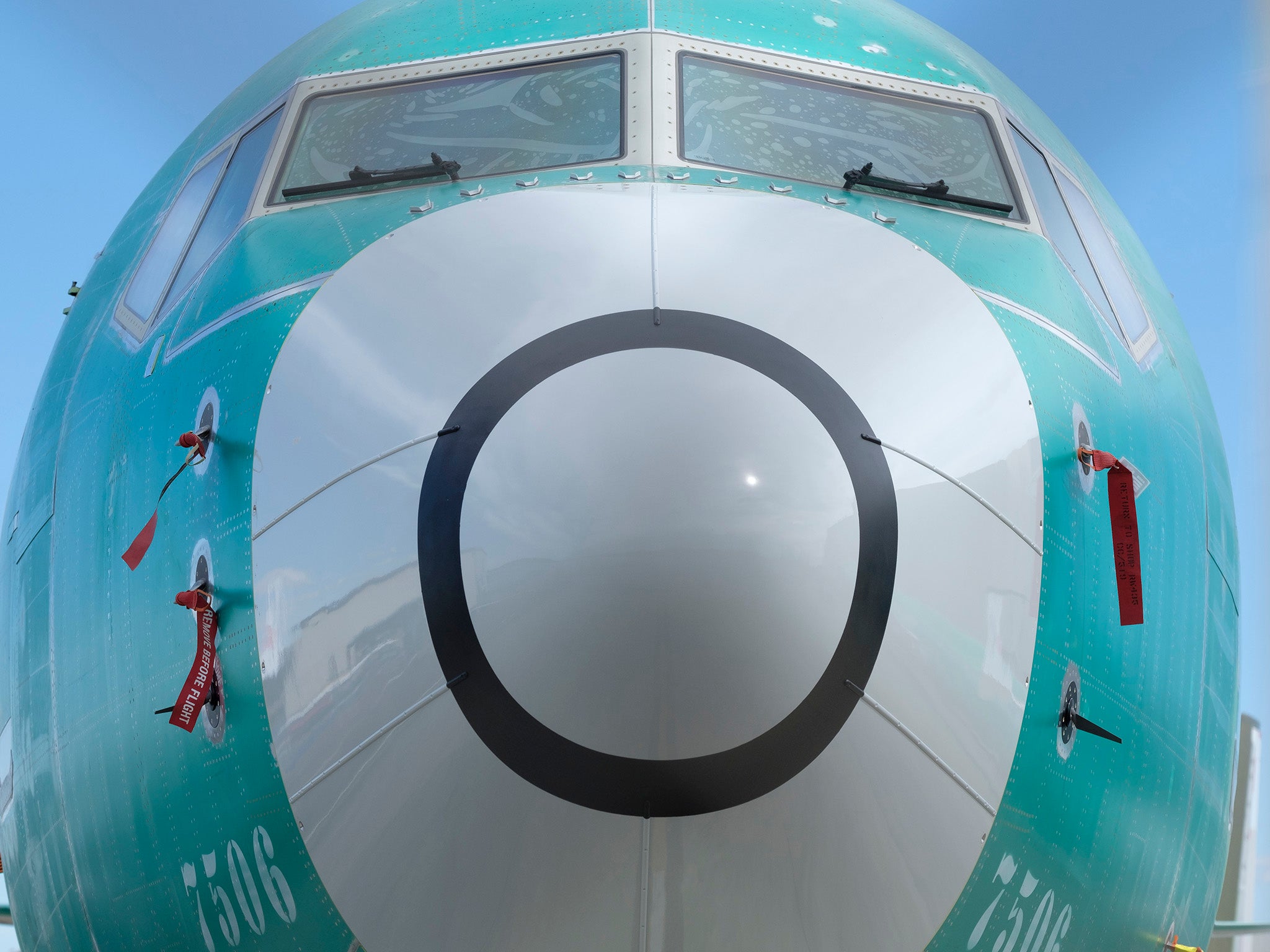What is wrong with the Boeing 737 Max?
The aeroplane has seen 339 people die in similar accidents – this is intolerable, writes aviation expert Guy Gratton

Your support helps us to tell the story
From reproductive rights to climate change to Big Tech, The Independent is on the ground when the story is developing. Whether it's investigating the financials of Elon Musk's pro-Trump PAC or producing our latest documentary, 'The A Word', which shines a light on the American women fighting for reproductive rights, we know how important it is to parse out the facts from the messaging.
At such a critical moment in US history, we need reporters on the ground. Your donation allows us to keep sending journalists to speak to both sides of the story.
The Independent is trusted by Americans across the entire political spectrum. And unlike many other quality news outlets, we choose not to lock Americans out of our reporting and analysis with paywalls. We believe quality journalism should be available to everyone, paid for by those who can afford it.
Your support makes all the difference.The Boeing 737 is the most produced commercial aeroplane in history: more than 10,000 have been built since it first flew in 1967, with thousands more on order. Even the UK’s Royal Air Force is to put them into service as the P8a Poseidon.
An aeroplane which flies that much will have accidents. The 737 has had over 200 that have led to the loss of the aeroplane, resulting in more than 5,000 fatalities over its 51 years.
But statistically, this nonetheless is a very safe aeroplane. In the newer “Next Generation” 737, you’d have to take about a million flights to reach a 25 per cent chance of being present at a “hull loss” accident (“hull loss” doesn’t even mean fatalities, just that the aeroplane is beyond economic repair).
By comparison, the British annual average for road traffic fatalities is 13 per million inhabitants. In Britain, which has some of the world’s safest roads, your chance of dying as a car passenger per year is about four times greater than being in a serious accident if you fly in a Boeing 737 every month.

Evolution
Unsurprisingly, the Boeing 737, which has been with us for nearly half the time powered flight has existed, has seen many upgrades. The first model – the 737-100 – arrived in 1967, while the 737 Max series entered service in 2016. So far, nearly 400 of the Max aircraft have been delivered and more than 5,000 ordered.
Over its lifetime, the 737 has stretched from 29 metres to 44 metres long, fuel capacity has risen from 14.7 tonnes to 21.3 tonnes and passenger seats have increased from 118 to 230. With these developments have come demands for greater safety, reduced noise, particulate and greenhouse gas emissions and lower running costs. So while all 737s are certified as a single aeroplane type, the changes have been massive.
Most recently, the big push has been to reduce fuel consumption. For both economic and environmental reasons, this led to the latest 737 Max 8 models – along with the competitor Airbus A320 Neo – being fitted with new, larger and more efficient CFM Leap engines. These must be mounted higher and further forward than previously, creating a handling problem that wasn’t unique to this aeroplane, but had to be addressed.
Safety
Angle of attack is the angle between the wing chord (an imaginary line between the leading and trailing edges of the wing) and the airflow. To generate lift, this is typically around two degrees in cruising flight. But to create lift at low airspeeds during take-off, landing and some manoeuvres, it must be much higher – often more than 10 degrees.
If the angle of attack is too great, the aeroplane loses control – or “stalls”. This has nothing to do with stalling an engine and will usually cause a sudden descent. The larger, repositioned engines initially created a handling problem at a high angle of attack, particularly at low speeds, which could pitch the aeroplane nose-up into an even greater angle of attack, potentially worsening the loss of control.
Boeing addressed this by introducing an automated system called Manoeuvring Characteristics Augmentation System (MCAS). This automatically forces the nose down from high angles of attack, removing the aeroplane from the stall condition. It does this by rotating the tailplane, effectively changing the shape of the aeroplane. This was necessary – stalling under these circumstances has been a serious, even fatal, problem in some previous airliners.

So far so good. But then we hit a problem that is alleged to have contributed to the October 2018 Lion Air 737 Max 8 crash in Indonesia. While this aircraft had the MCAS system, the pilots allegedly didn’t know about it. It has been said a decision had been made not to include the system in pilot training, in particular, that if the system received incorrect signals from the aeroplane’s angle of attack sensors the aeroplane could pitch steeply nose-down into a potentially unrecoverable dive.
All pilots train to recognise and deal with a wide range of instrument and equipment failures. On my own commercial pilots’ licence test, I had several real and simulated instrument failures and was expected to deal with them while continuing the flight; all commercial pilots are reassessed on this regularly.
But pilots can best deal with failures they’ve been trained for. We don’t yet have full reports on the Lion Air crash nor on the more recent Ethiopian Airlines crash of another 737 Max. But there is growing evidence that the crew didn’t fully understand the MCAS system and that the system could malfunction when a single instrument feeding it information fails. The aeroplane could allegedly put itself into a steep dive due to an instrument failure and the pilots perhaps weren’t fully trained to recognise and correct for that.
What next?
In a very new aircraft type, 339 people have died in two, apparently similar, accidents – this is intolerable. Fortunately, the aviation industry, that’s mindset often goes back to the 1950s Comet disasters, is extremely prompt in dealing with serious safety issues.
Around the world, aeroplanes of this type were grounded within a few days, and will remain so until Boeing and its stakeholders find and certify solutions to both the aircraft control software and the pilot training issues.
These events show the aviation industry at both its best and worst. It’s right that manufacturers and airlines should be seeking more efficient, safer aircraft. But making progress at an acceptable cost could potentially risk corners being cut.
In the US, the Federal Aviation Administration (FAA) has been accused in the past of delegating too much oversight of their own work to Boeing, and those of us in this community are concerned that when governments seek to reduce budgets, aviation authorities may not be well enough resourced to adequately do their jobs.
Additionally, any aviation company may necessarily suffer conflict between engineers and pilots, whose objective is to create the best and safest product, and business managers, who must ensure profitability.
So what now? The 737 Max will remain grounded while Boeing develops a “software fix” that eliminates this potential problem, and then works with the FAA and international authorities to certify it. There should also be new MCAS training that all 737 Max pilots around the world will receive before they fly the aeroplane again. Indeed, this will hopefully also lead to a broader debate about the level of training provided to airline pilots.
After these two tragedies there will likely be a number of court cases. The families will rightly want closure. But we also need to ensure that similar disasters don’t happen in the future – and this involves aviation professionals working to find new safety solutions. Focusing too much on legal outcomes could potentially prevent the best safety outcomes from being pursued.
Guy Gratton is a visiting professor at Cranfield University. This article originally appeared on The Conversation
Join our commenting forum
Join thought-provoking conversations, follow other Independent readers and see their replies
Comments